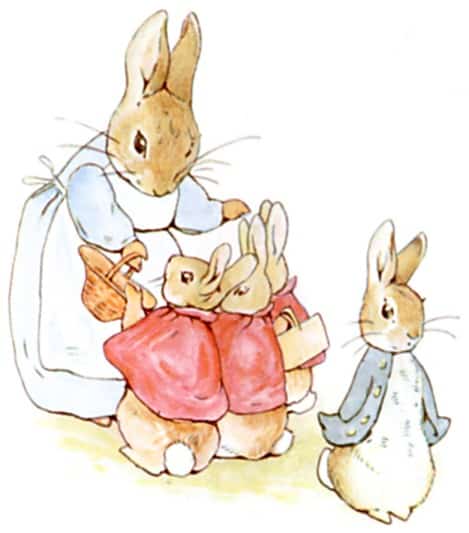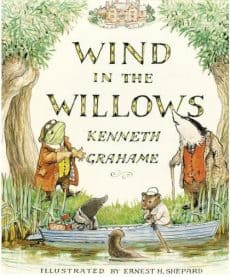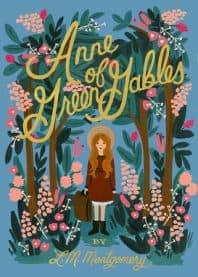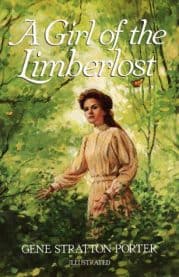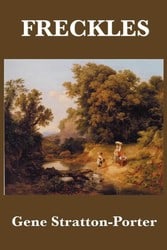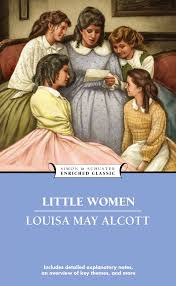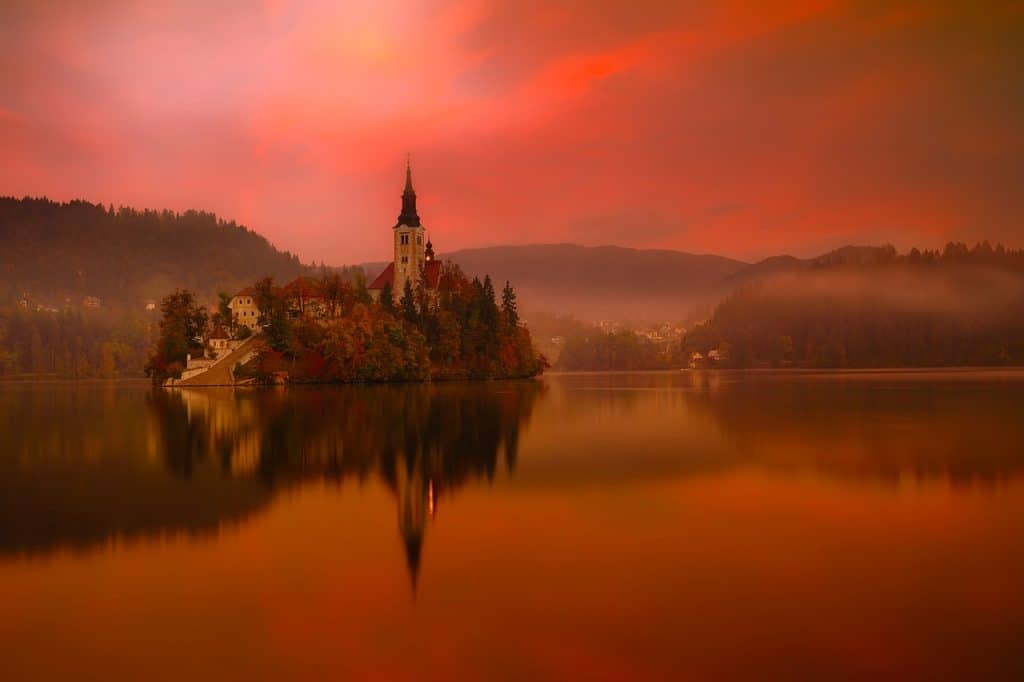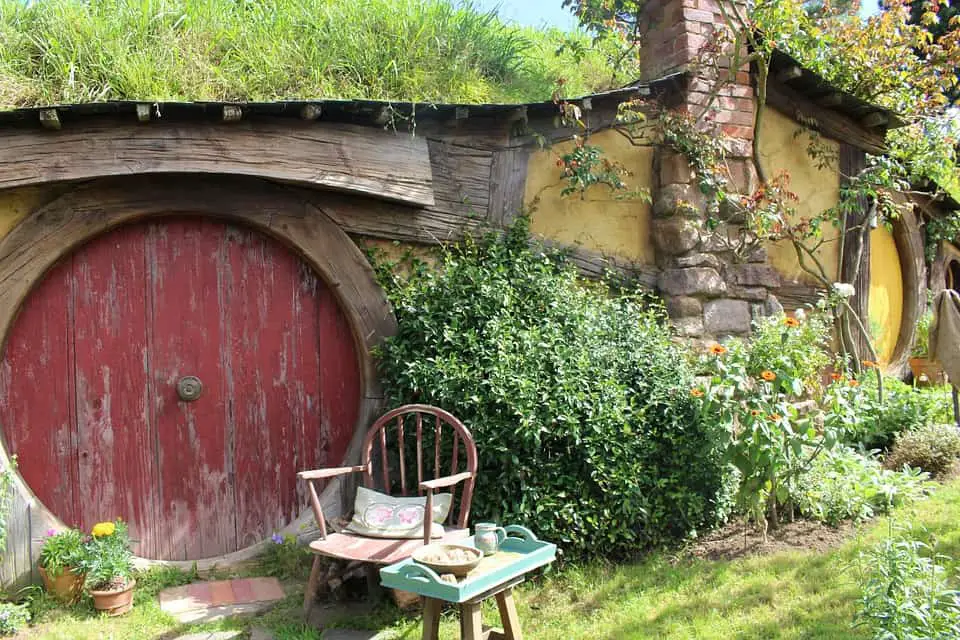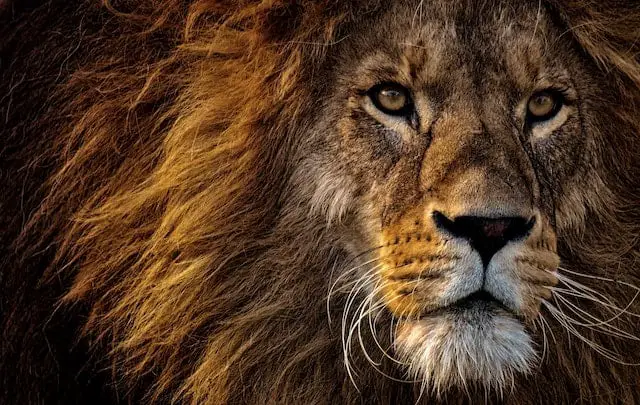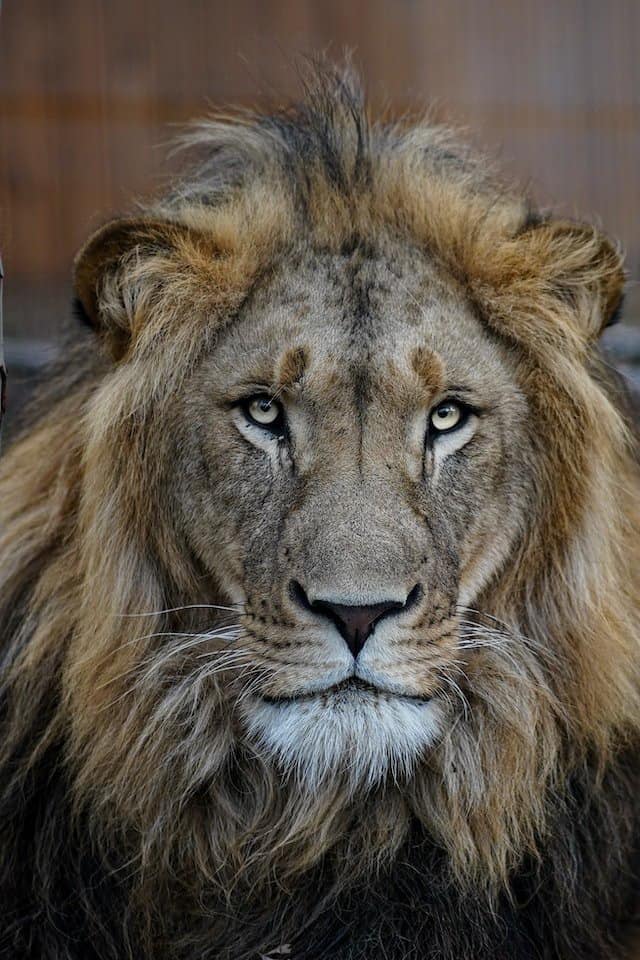Whether you’re looking for a compelling series of audio books for your commute, a quick pick to take on vacation or a recommendation for a male reader in your life, this list compiles the best fiction for men.
What do these stories have in common? Male protagonists facing overwhelming odds, strong heroes in the face of danger and compelling story lines.
My top picks for best fiction for men are A Time for Mercy, The Kremlin Conspiracy and Peace Like a River.
Note: Book cover pictures are Amazon affiliate links. Clicking through to purchase will generate commissions for this site.
Beneath a Scarlet Sky by Mark Sullivan
Wow. What an incredible story.
Although technically listed as fiction, since not everything could be verified and dialogue had to be re-created, the book is based on the real life of Pino Lella.
As a seventeen year old and eighteen year old living in Italy during the German occupation of 1944-45, Pino did what he could to oppose Hitler’s regime. He guided Jewish refugees over the Alps to safety in Switzerland. He accepted a German military uniform and continued to help the resistance from inside the ranks.
I continue to be amazed at the courage of ordinary people in the face of evil. It’s an inspiration for us to be like the boy with his loaves and fishes and offer the little we have when faced with great need.
A Time for Mercy by John Grisham
This novel features the lawyer Jake Brigance who captured hearts in the legal thriller, A Time to Kill. The setting is 1990 in Mississippi. Jake defends 16 year old Drew Gamble, accused of murder.
John Grisham’s genius is being able to portray a whole community, down to it’s interwoven relationships, systems and culture. The diner scenes, the friendships between the players in small town America and the intricacies of how the legal system serves justice along with the possibility that justice will not be served.
The Kremlin Conspiracy by Joel C Rosenberg
This is the first book of five (so far) of the Marcus Ryker series, international intrigue at it’s finest. Rosenberg takes on the hotspots of the world and is able to articulate the culture and motivations of the major players.
For fans of Jack Reacher and Jason Bourne.
Sackett’s Land by Louis L’Amour
If you’re new to Louis L’Amour, I recommend starting with the first book in the Sackett series. There’s seventeen books in the series that follows the Sackett family from their roots in England to their descendants populating the New World.
Louis L’Amour weaves compelling tales that has you turning pages.
If you’re looking for a stand alone, try Hondo.
Dark Matter by Blake Crouch
Blake Crouch’s books are often called mind bending sci-fi.
In Dark Matter, Jason Dessen is abducted from his life and wakes up in an alternate reality. No longer married with a family. No longer a physics professor. His personal history has been replaced and he doesn’t know how or if he can get it back.
The Count of Monte Cristo by Alexander Dumas
One of my husband’s favorite novels that he re-reads every five years or so.
Imprisoned for a crime he did not commit, Edmond Dantes learns of the hidden treasure on the Isle of Monte Cristo. He plots his revenge on the men responsible for his unfair incarceration.
The epic drama contains a host of characters and story threads that are expertly woven to a satisfying conclusion.
The Lord of the Rings by JRR Tolkien
The hobbits Frodo, Merry, Pippin and Sam are unlikely heroes in a quest for power that encompasses five armies. But, as guardians of the ring of power, they find themselves in the epicenter of the conflict.
This drama is immersive as Tolkien has created a world complete with languages, history and the epic clash of good and evil.
The Call of the Wild by Jack London
Not only does Jack London paint vivid pictures of the great white north, he also has a way of telling animal stories. Survival against the elements is the perfect back drop to tell the story of the relationship between dog and man.
To start reading the free ebook version at Project Gutenberg, click here: The Call of the Wild by Jack London.
Gentleman in Moscow by Amor Towles

What if you were nobility in Russia in the nineteen twenties who is under house arrest at a posh hotel stripped of titles and wealth? Could you still build a life for yourself? Make the human connections and community that everyone needs to survive?
This is a slow moving book, especially the first half. It took me two or three tries to get all the way through it. I don’t think I would have stuck with it if it hadn’t come highly recommended from people I respected, but I’m glad I did.
I didn’t love Towles’ Rules of Civility, but I did like The Lincoln Highway, which is another near miss for Commendable Lit.
Peace Like a River by Lief Enger
Told through the eyes of an eleven year old boy, the novel is not about a span of time, it covers one year.
Rueben is the eleven year old, Swede, his younger sister, and Davy their older brother. They live with their father out west, growing up in a modest life.
Circumstances dictate a search for answers to a reality that doesn’t add up.
This Tender Land by William Kent Krueger
“The unforgettable story of four orphans who travel the Mississippi River on a life-changing odyssey during the Great Depression.”—from Amazon
The story is told through Odie O’Banion’s adolescent eyes.
It’s his quest for home, family and the meaning of life. Along for the ride are his brother Albert and his friends Mose and Emmy.
The human experience is more complicated than most novelists are able to express. There’s the complexity of human nature and relationships, the complexity of our belief system and how our experience influences our beliefs. I feel like This Tender Land wrestled with that complexity and won.
It doesn’t downplay the true depravity of man. It has lots of plot twists.
The novelist deals with the most delicate of subjects in an inoffensive way.
There was one element of the book I didn’t care for, but it wasn’t enough to ruin it for me.
It reminded me of Peace Like a River. I’ll want to read it again and again.
Project Hail Mary by Andy Weir
“Ryland Grace is the sole survivor on a desperate, last-chance mission—and if he fails, humanity and the earth itself will perish.
Except that right now, he doesn’t know that. He can’t even remember his own name, let alone the nature of his assignment or how to complete it.
All he knows is that he’s been asleep for a very, very long time. And he’s just been awakened to find himself millions of miles from home, with nothing but two corpses for company.
His crewmates dead, his memories fuzzily returning, Ryland realizes that an impossible task now confronts him. Hurtling through space on this tiny ship, it’s up to him to puzzle out an impossible scientific mystery—and conquer an extinction-level threat to our species.
And with the clock ticking down and the nearest human being light-years away, he’s got to do it all alone.
Or does he?”–from Amazon
All the elements of a great survival story as well as science fiction at it’s best. I loved it.
The Alchemist by Paulo Coelho
The story is about a young man trying to make his way in life and wrestling with all of life’s big questions: love, loss, meaningful work and what really matters.
I found this parable intriguing. More a life philosophy than novel, there was a lot of great food for thought. Why do we keep pursuing our dreams? How do we keep going after loss? What is true treasure in life? What is worth the sacrifice?
The Virginian by Owen Wister
Owen Wister has been credited with starting the genre of the Western, with his story of the unnamed cowboy, the Virginian.
Wister explores the justice of the newly settle West, the relationships, the quest for man to build their own kingdoms and fence them. The country was captivated by the tales of the people who lived untamed lives on untamed land.
Don’t miss True Adventure Stories that are Page Turners




















































